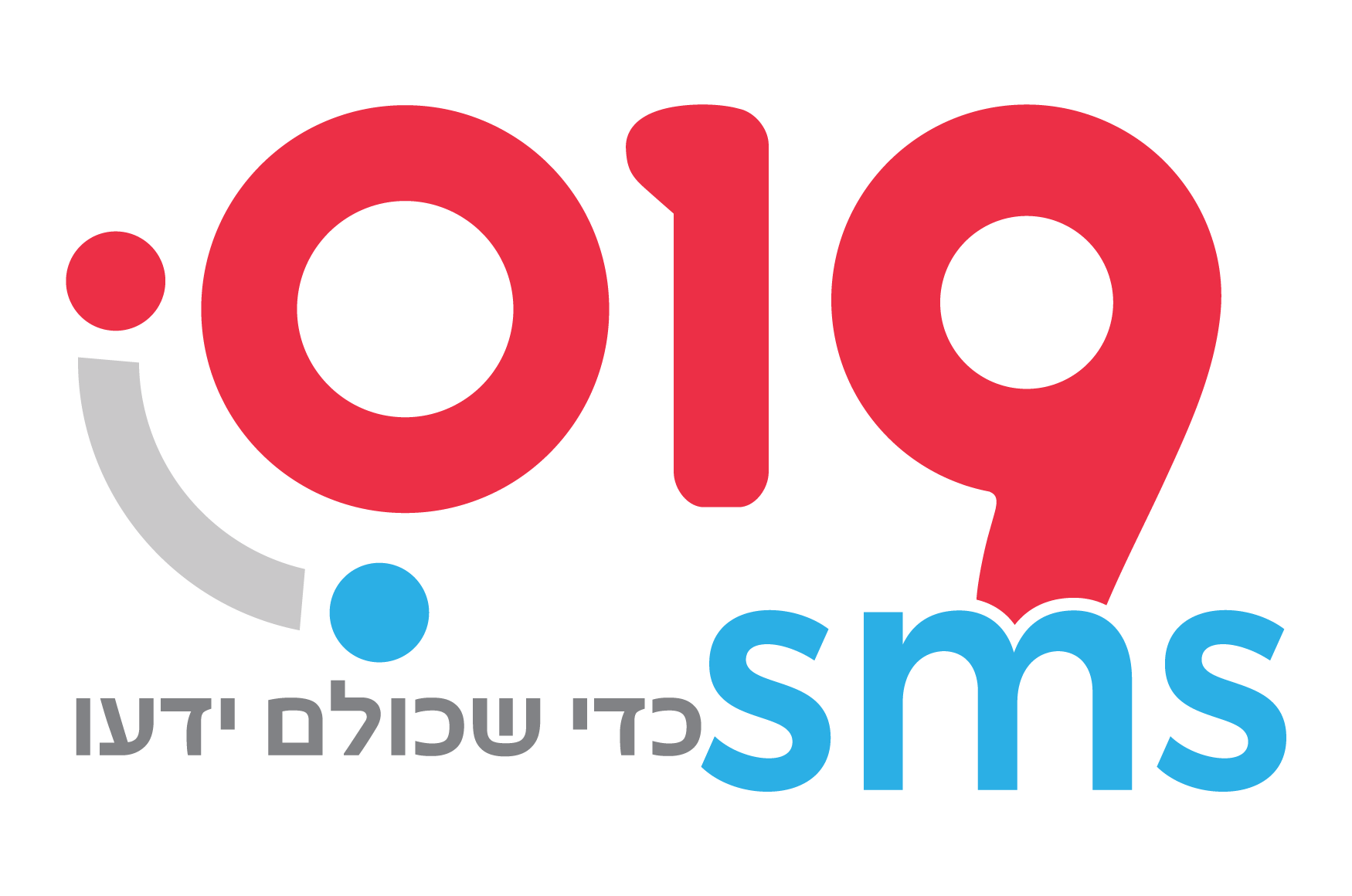# SOAP Introduction
# Objects
This part is to define the different objects used in the API methods.
# Response object
The Response object is the object returned by the sendSms & sendBulkSms methods.
# Phone object
phone - The phone number of the destination. For instance 50xxxxxxx, this is a required parameter. id - The external id to identify this destination. This is used when you are interested in receiving DLR reports, specify a unique id for each destination. This is an optional parameter.
# SMS object
The Sms object is used in sendSms & sendBulkSms methods to signify an SMS.
destinations - An array or list of the Phone object, described above. Required to contain at least 1 element. message - The content of the SMS. Required. timing - If you want the SMS to be sent in the future, specify the date. The format should be dd/mm/yy hh:ss. This parameter is optional. source - The source number of the SMS, meaning the number that will appear as the sender. Required
# Messages object
This object is an array or list of Sms objects, used in the sendBulkSms method to send multiple SMS messages
sms - An array or list containing at least one Sms object. This is a required element
# DlrRequest object
This is an object that you need to send in the getDlrReport method.
id - An array or list of id’s that were provided in The phone object while sending the sms. This is a required element from - The starting date range to look for, format should be dd/mm/yy hh:ss. This is a required element to - The ending date range to look for, format should be the same as from. This is a required element
# Dlr object
This object is used in the getDlrReport method, while requesting for DLR’s, the response will contain an array of this object. You won’t need to set any parameters, just read them.
id - The id provided while sending the SMS. status - The status of the SMS, all the possible statuses are written in a table below. heMessage - A message explaining the status in Hebrew. enMessage - A message explaining the status in English. date - The date of the SMS, format will be dd/mm/yy hh:ss phone - The phone number that the SMS was sent to.
# DlrResponse object
This is the object that returns while calling getDlrReport.
status - The status of the request, 0 if ok otherwise there was an error, look at "Errors Table " for info. message - A message explaining the status, a good request will result in an empty message, otherwise it will explain the error dlrs - An array or list containing all the DLR’s for your request, read above for information about the Dlr object.
# Methods
This part is to describe the different methods in this API
# sendSms
This method is used to send an SMS message to 1 or more destinations. This should be used to send the same SMS to multiple destinations. A call looks like this :
While the sms object is an instance of the Sms object defined above. All 3 parameters are required. The structure should be like :
# sendBulkSms
This method is used to send multiple SMS objects. If you want to send the same SMS to multiple destinations you should use sendSms method, but if you’re dealing with quantities and wish to send different SMS messages to different destinations (one or many) this is the method for you. A call looks like this:
While the messages object is an instance of the Messages object, described below. Should be noted that unlike a sendSms method call, setting the timing parameter in this case will be ignored. The structure should be like :
# getDlrReport
This method is used to pull DLR data about the SMS’s you’ve sent. You should prepare the DlrRequest object, as described above.
While requesting a DLR report know that the time range can’t exceed 30 days and oldest possible date is 1 year from today The structure should be like :
# verify_phone
This method is used to verify phone to be an sms source number for 1 or more phones. A call looks like this :
While the phones object is an array of numbrs. All 3 parameters are required. The structure should be like :
